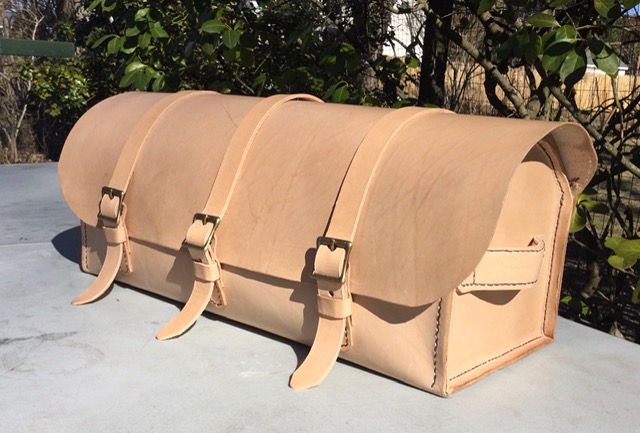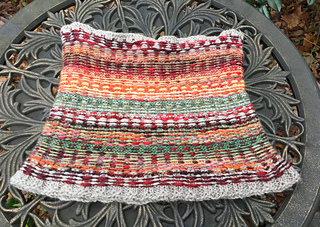Leather. Yes, leather. Back in high school a thousand years ago or so, I had a brief opportunity in an art class to make a leather key holder. I don’t remember exactly the technique, if it was tooling or what, but I did turn out a key case with an oak leaf and acorn design and a laced edging. I still had it around up until a few years ago when it sadly went missing. I always remembered what fun I had making it and always planned to revisit the art form.
As usual, life got in the way. It was yet another rabbit hole I didn’t need to go down, requiring an entire new set of tools and equipment. But … it was in the back of my mind. At one point in the early aughts, I bought a Tandy beginner leatherwork kit and won a set of tools on eBay. Still, they sat. And sat. And sat while I involved myself in other, equally fascinating, arts.
And then Covid happened. In March, everyone was sent home to wait. In May, most of us were laid off. I had time on my hands. What better way to spend it than to break out the Tandy beginner’s kit and that box of tools?
That was 2020. Fast-forward four years. In typical ADHD fashion, I started off running before I could walk, made some passable objects, then settled down to seriously study on what I was doing and how to make it all better. I made modern objects (wine totes, beer growler slings). I made fantasy LARPing items (belt bags mainly). And I combined my interest in 18th century living history and began making reproduction items.
This last recently culminated with the creation of a very passable 18th-century-esq portmanteau. For those who will ask, a portmanteau is sort of a cross between a trunk and a suitcase. Not having a pattern available posed a tiny problem but I solved it with a way I had learned from other leatherworkers — make your prototype from paper.

Voila’. A paper and cardboard portmanteau. I started with the end first. They were approximately 10 inches x 10 inches with slightly padded handles. You’ll see where the buckles come in further down.

The leather I chose for this was a 5 – 6 ounce veg-tan, but these ends have an inner piece that is a 7 to 8 ounce to help shore it up. One thing I learned working with leather, there is an architectural element to each piece and sometimes you need to study on how best to support your structure. Once I had the ends under control, it was time to move on to the body.

The body is actually sort of a big roll but grooves are cut along the bottom where it matches up to the side corners. This gives the piece a flat bottom, although there are somewhat smaller portmanteaus that were made round and these were used to tie up behind a saddle. This was a bit bigger!

Partially sewn! I put a kip skin binding around the cut edge of the opening, then began by sewing first across the bottom of the side, then up the front edge. This view is looking inside from the back. At this point, the flap closure is two-thirds sewn in; that is the bit hanging down. Once I sewed in the closure straps, I started sewing the back at the back corner and up.

Voila’ again! The sewing was not so difficult as just making sure everything lined up. Truly, measure twice and cut once in leatherwork as in carpentry!

The portmanteau holds a lot of clothing! The finished piece is about 9 inches wide by 8 and 1/2 inches tall and 22 inches long, so it’s pretty roomy. Overall, I was pretty happy with the way this turned out, considering I just made it up as I went along although I did research every example of portmanteau, historical or reproduction, that is out there. And now that I feel like I know what I’m doing and have the benefit of a pattern (because, of course, I traced all the parts out on paper and took copious notes), I definitely foresee where there is another portmanteau in my future!



 Posted by thewoolmerchantsdaughter
Posted by thewoolmerchantsdaughter 















You must be logged in to post a comment.